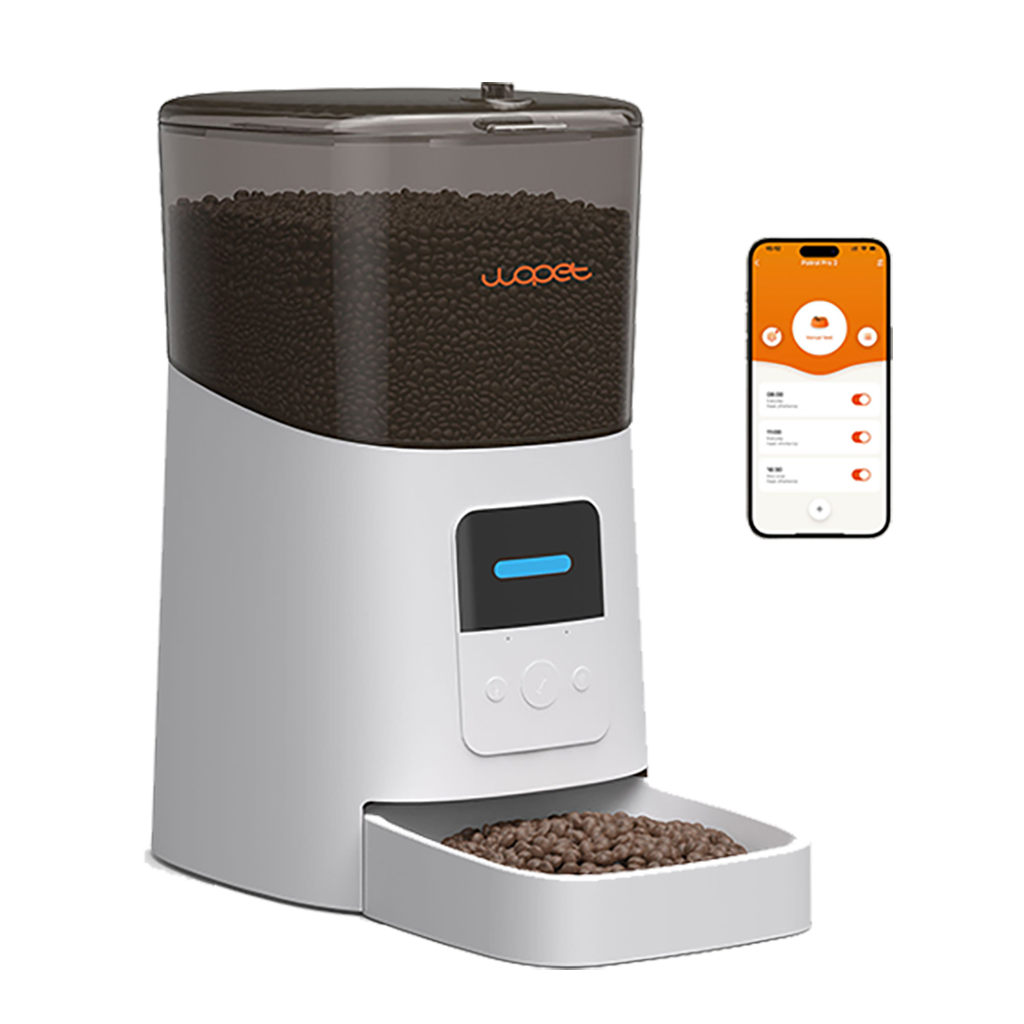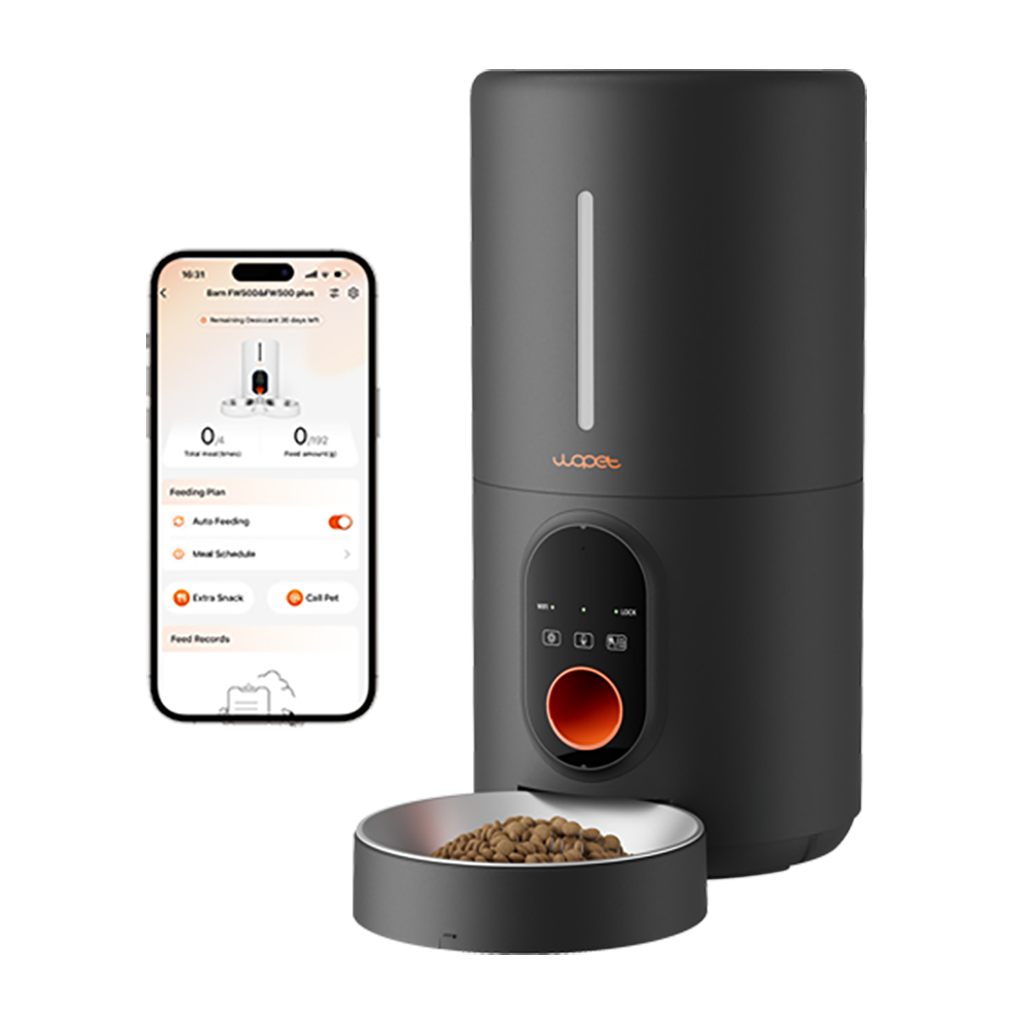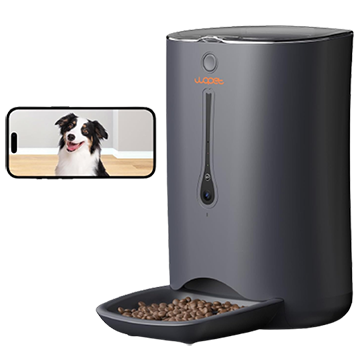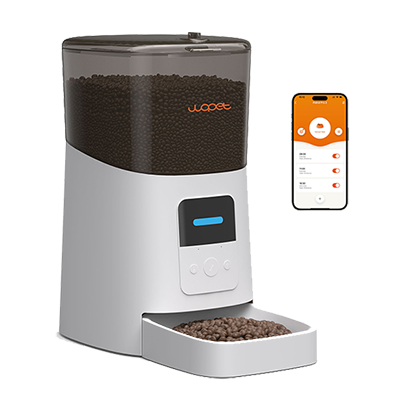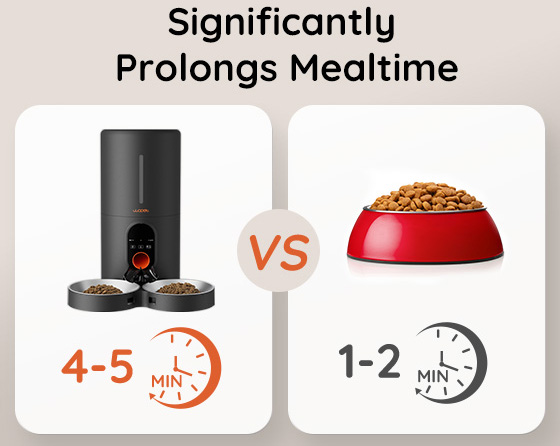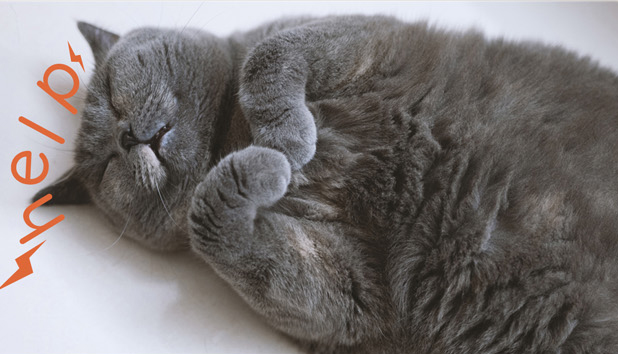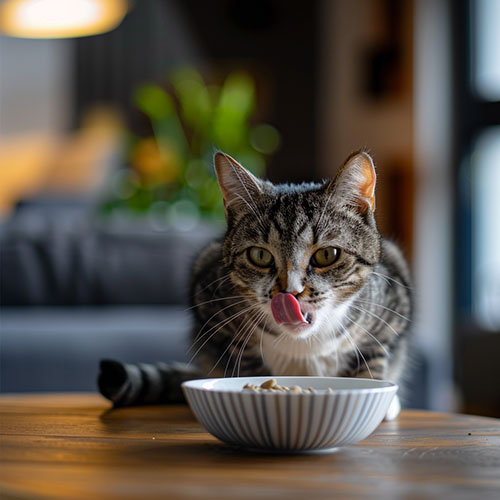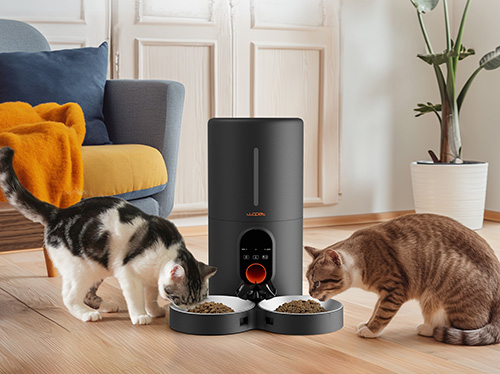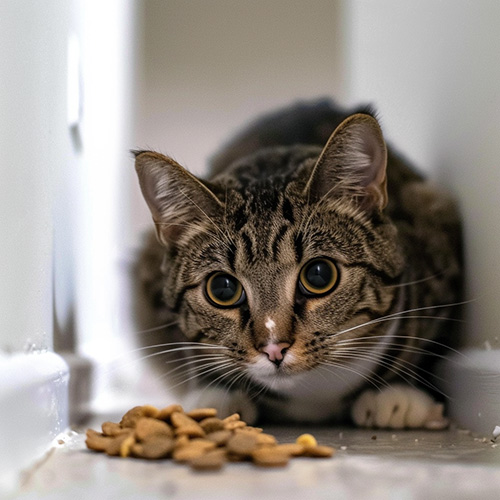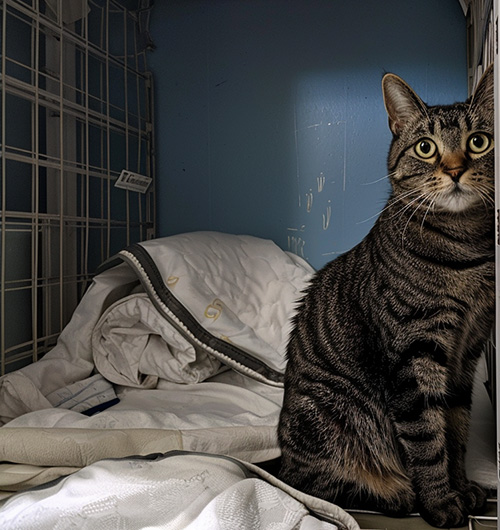[Coming soon]WOpet Ceramics Wireless Pet Water Fountain For Dogs & Cats – W03
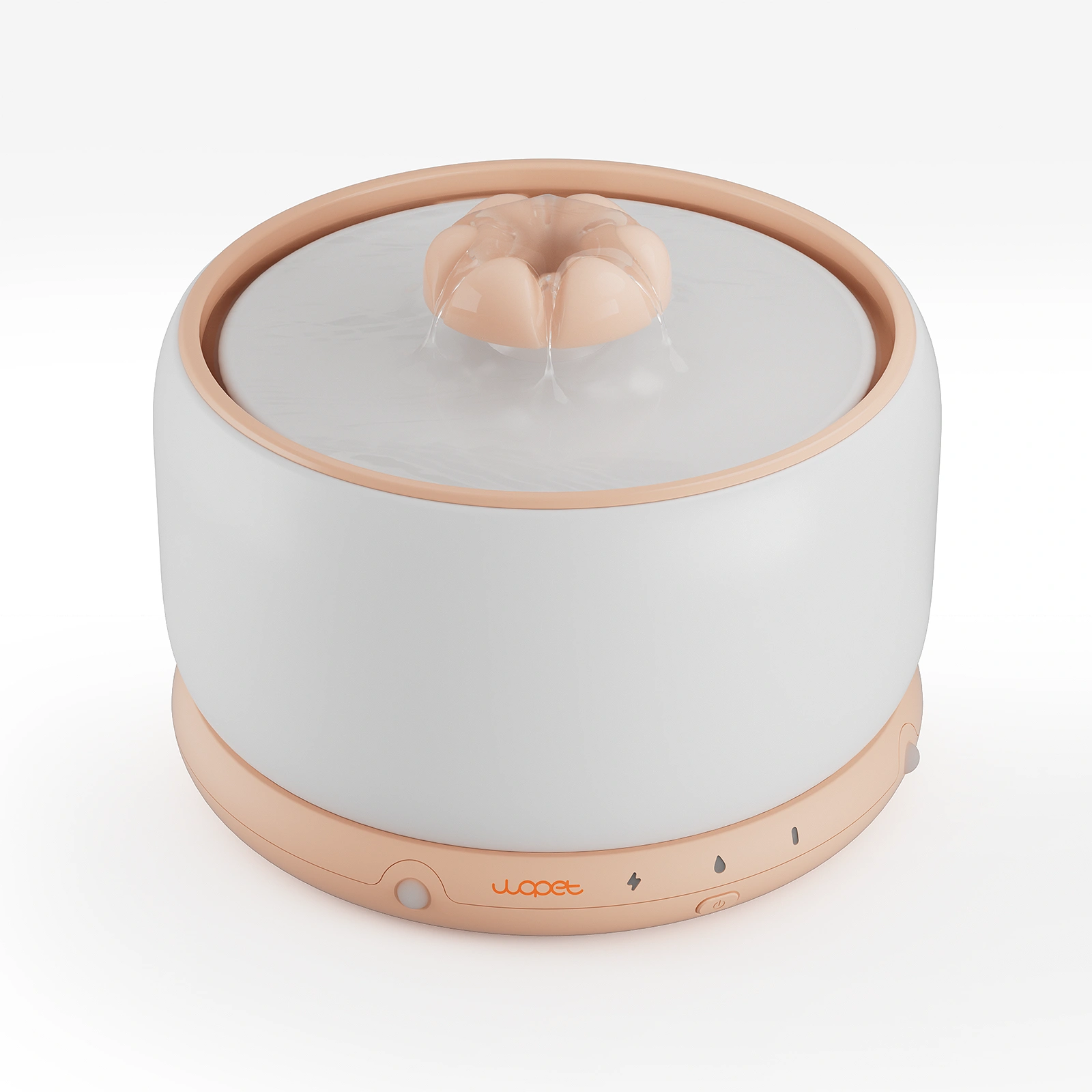
About WOPET W03
5000 mAh Battery: The cordless, battery-powered design means you can place the cat water fountain anywhere in your home, and the 5000 mAh battery provides up to 30 days of continuous use on a single charge.
Super Quiet Pump: This stylish and unique ceramic cat fountain is ultra-quiet (less than 25 decibels), and the sound of the pump is barely audible. It won't interfere with anything you do at any time, allowing you and your pet to get a good night's sleep.
High Quality Ceramic: This pet water fountain is made of high-quality, eco-friendly ceramic material with a stylish and modern design. It complements any home décor." High Quality Ceramic: This pet water fountain is made of high-quality, eco-friendly ceramic material with a stylish and modern design. It complements any home décor.
Easy To Install And Clean: The cat fountain is easy to assemble and disassemble for easy cleaning and replacement. The ceramic water bowl is dishwasher safe.
Multiple Filtering System: The ceramic cat water dispenser comes with an activated carbon filter and a sponge filtration system. The sponge filters out impurities, and the activated charcoal filter traps hair, removes odors, softens water, and improves taste, providing purer and fresher water for your lovely pet.
What You Will Get
WOpet Automatic Pet fountain x1
Power Adapter x1
Type-C Cable x1
User Manual Book x1
Specifications
Product Name
Ceramics Wireless Pet Water Fountain
Product Model
W03
Capacity
3L/101oz
Product Dimension
28.5*28.5*19.2 CM
COLOR
White Orange/White Blue
Battery Capacity
5000 mAh
Rated Voltage
110-240V
WOpet is committed to ensuring that pet owners can embrace boundless love for their pets by offering high-quality smart products that strengthen the bond between pets and their families.
Brand Story
WOpet was born from a moving homecoming one autumn evening in 2015. Our founder returned from a long trip to his eagerly waiting dog, sparking a deep realization about the emotional role he played in his pet's life. WOpet thus was created to ensure that pets receive not just care but also love and emotional companionship, even when their owners can't be physically present. Our smart, innovative solutions help strengthen the special bond between pets and owners, ensuring a connection that transcends distance. With WOpet, it's more than care; it's about maintaining a heartfelt bond.
Home Page : automatic cat feeder
Buy on WOPET : WOPET W03

